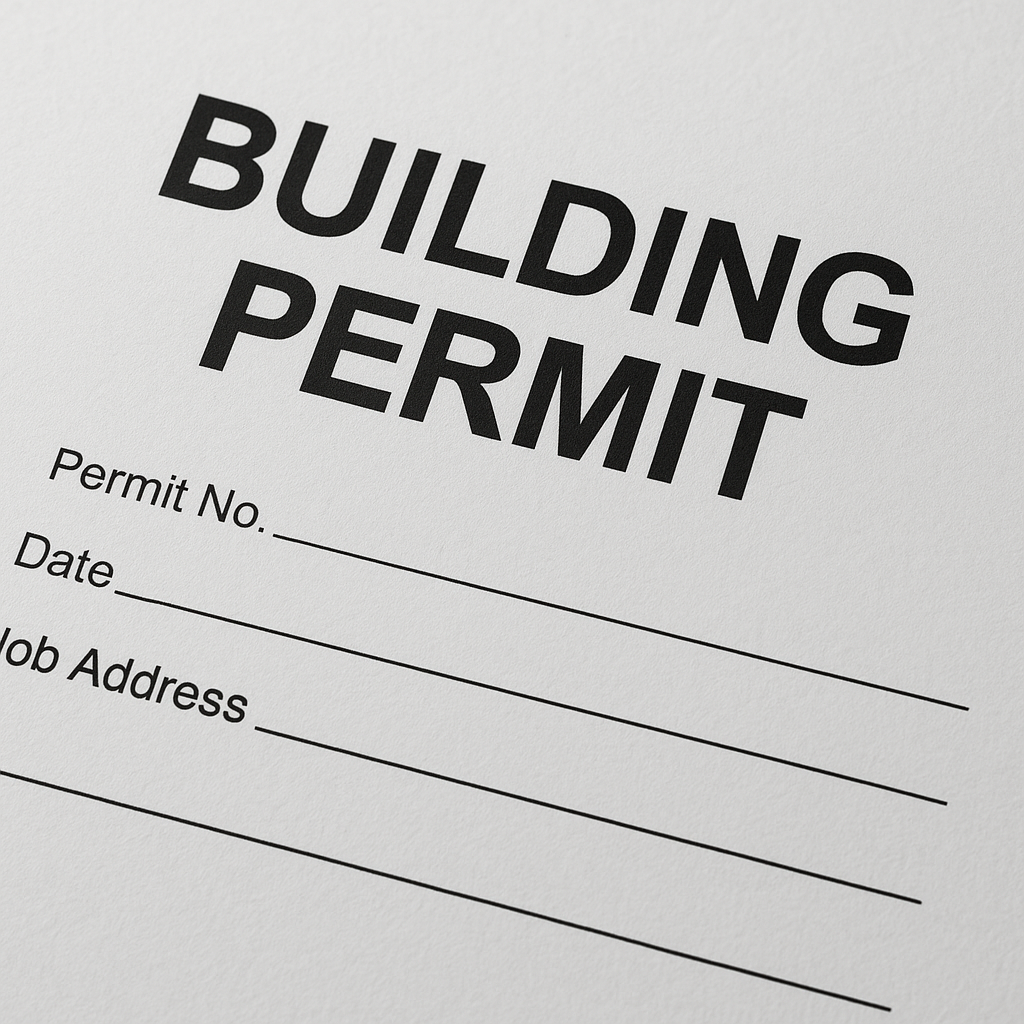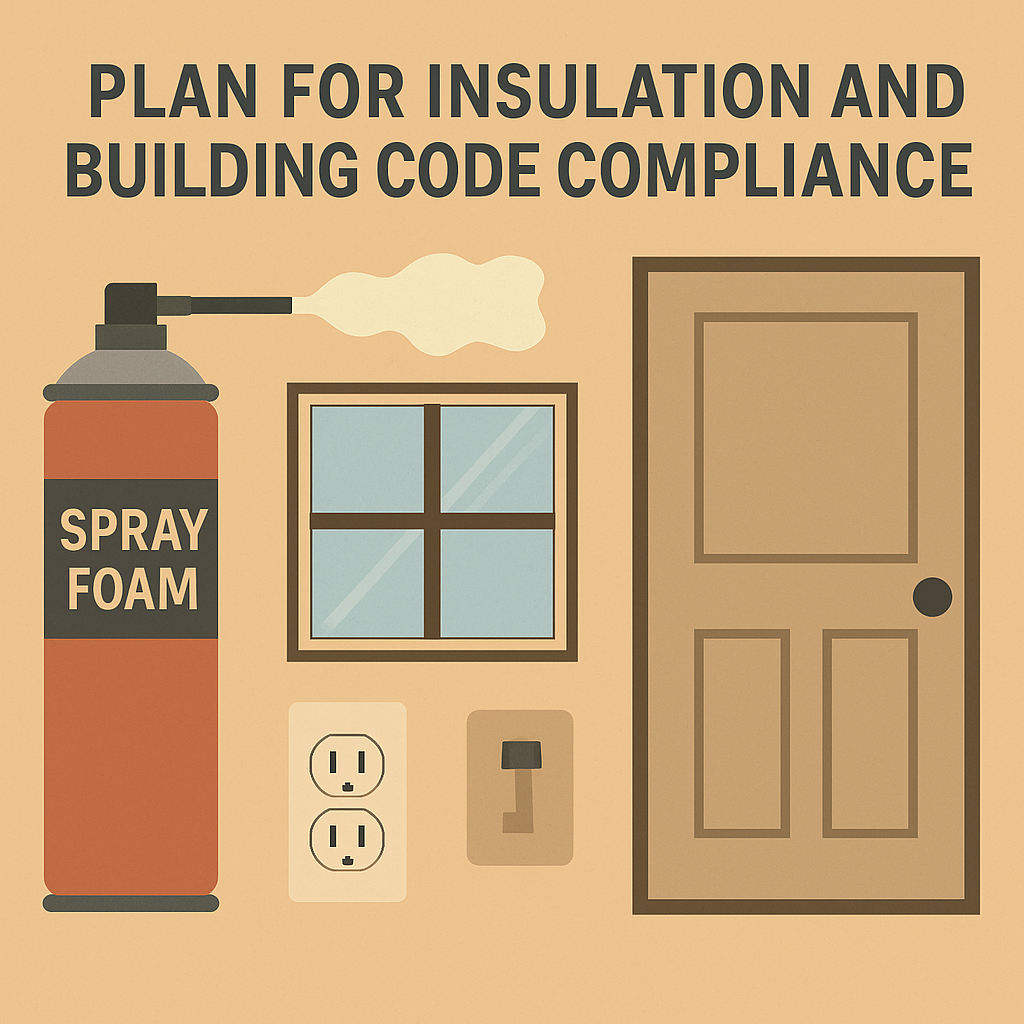How to Legally Place a Shipping Container Home in Utah
Why Choose a Shipping Container Home?
Shipping container homes are a popular alternative for rural living in Utah. They're affordable, durable, and surprisingly versatile—making them ideal for weekend retreats, off-grid cabins, or full-time living. If you're looking to build something fast and cost-effective on your land, a container home might be the perfect fit.
But there are a few legal and logistical hurdles to navigate first. Before you drop a container on your lot, it’s important to understand zoning, permitting, and utility requirements to avoid fines or headaches later.
Step 1: Check Your Zoning
The first step is confirming whether your land allows residential or alternative structures like container homes. Most of Utah’s rural land is zoned A5 (agricultural-residential) or MU (multi-use)—which may permit container homes, but the details vary by county.
Things to Look For:
Duchesne, Wasatch, and Uintah Counties each have specific land use codes
Some counties treat containers as modular dwellings
Others may allow them only as accessory structures or temporary units
Some areas require that containers be placed on a permanent foundation
Tip: Always check with the local county planning and zoning department before beginning construction.
Step 2: Secure a Building Permit
In most cases, you’ll need a permit—especially if the container will be used as a dwelling or includes utilities.
Most counties require:
A site plan showing placement and setbacks
Foundation plans (slab, pier, or crawlspace)
Electrical and plumbing schematics
Engineered drawings if stacking containers or altering the frame
Skipping this step can result in steep fines, denied occupancy, or forced removal. It’s worth doing it right from the start.
Step 3: Meet Utility or Off-Grid Requirements
Whether you're building off-grid or connecting to public utilities, your container home still needs essential systems. Plan for:
Water – You’ll need a well, water delivery, or storage tanks
Sewer – Most properties require a septic system or a permitted compost toilet
Power – Solar panels, generators, or a grid connection (if power is nearby)
Access – Counties may require year-round road access to approve residential use
Even for weekend use, these systems often require health department approval.
Step 4: Plan for Insulation and Building Code Compliance
Steel containers aren’t naturally suited to Utah’s harsh weather. In both summer heat and winter cold, proper insulation is non-negotiable.
Use spray foam insulation for best thermal performance and moisture protection
Ensure windows, doors, and roofing meet residential code
Check ventilation and fire safety standards—especially if using wood stoves or propane
Note: Your local building inspector will look for compliance with the International Residential Code (IRC) and any county-specific rules.
Tips for Success
Talk to the County First
Planning offices will tell you exactly what’s allowed and what paperwork you need.Work With a Licensed Contractor
Especially one with experience in container builds or modular construction.Keep It Mobile (If Needed)
Some owners use containers on skids or trailers for seasonal use—especially if zoning is stricter for permanent housing.Document Everything
Keep records of your permits, materials, inspections, and drawings for future resale or refinancing.
Final Thought
Shipping container homes offer freedom, flexibility, and affordability—but they’re not a loophole around local laws. Utah’s rural counties vary in what they allow, so being proactive about zoning and permits will save you time and money.
If you’re dreaming of a low-cost cabin, off-grid getaway, or simple first home, a container house on your Utah land might be the ideal start—as long as you build it smart.



